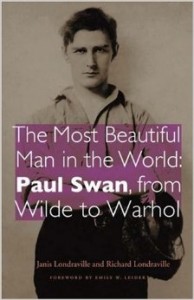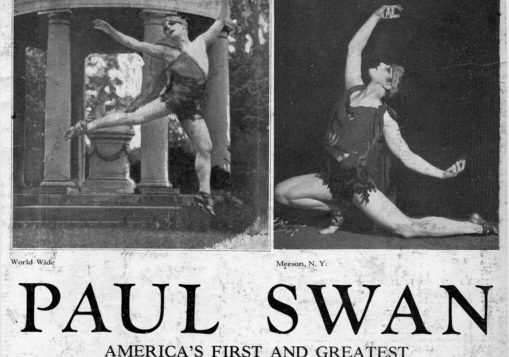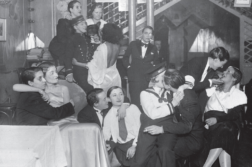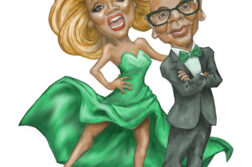 The Most Beautiful Man in the World: Paul Swan, from Wilde to Warhol
The Most Beautiful Man in the World: Paul Swan, from Wilde to Warhol
by Janis and Richard Londraville
University of Nebraska Press
278 pages, $29.95
PAUL SWAN, the oldest of ten children, was born in 1883 in rural Illinois. His life was one of legend, but he did not attain lasting star status in the pantheon of gay arts. In the early years of the 20th century, Swan—who had to run away from home in order to receive a high school education—was as famous a dancer as Fred Astaire. When he danced at Hammerstein’s Victoria Theatre, a highly regarded vaudeville house in Times Square in 1914, the marquee billed him as “The Most Beautiful Man in the World, a Reincarnated Greek God.” But Swan, a fan of John Singer Sargent, also became famous for his portrait paintings. His full-length depiction of the great actress Alla Nazimova (who told him he was “a Dorian Gray before he knew sin”) established his career as a portrait painter in 1910. For the most part self-taught in all his endeavors, he also sculpted, published poetry and plays, toured the world lecturing on art, acted in a few silent films and on stage, and constantly socialized in search of wealthy patrons.







